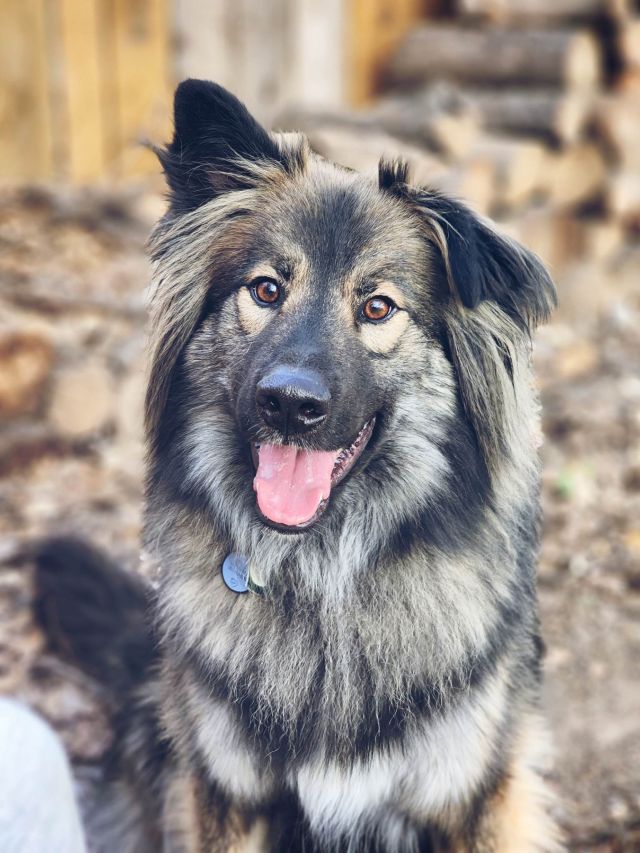November 2011 – Common Dog Training Terms
(Speaking the Lingo of Other Dog Enthusiasts)
Part 3 of 3
As we conclude our brief tour through some common dog training terms, please remember, this is not a comprehensive list but a highlight of the common ones. I used a number of online resources and books to gather the terms and definitions I presented in this three-part series. If you would like more information on the sources I used, please feel free to email Katie or I at GSROR. Stay tuned for next month when I will discuss reading dog body language and how that relates to reducing the number of dog bites for adults and, especially, kids.
Incompatible Behavior: Typically done when a dog is displaying an undesirable behavior, trainers will teach a different (incompatible) behavior that makes it impossible for the dog to do the undesirable behavior. For instance, if a dog is jumping on you and you teach him to “sit” on cue, then if you cue for a “sit” when he jumps, the dog will be physically unable to jump on you because he is in a sitting position.
Reward or Reinforcer: Presented to the dog when he does a desired behavior to encourage the dog to do the behavior again, this can be a treat or verbal praise or some affection or playtime with a ball. The key here is that the dog will determine what is rewarding to him, not the trainer. In addition, as a training session becomes more challenging for the dog, you might find that you will have to increase the value of the reward or reinforcer. For instance, you might use a milk bone to teach your dog to “sit” in
your home, but at a park, where there are more distractions, you might have to use a piece of chicken.
Re-commanding: This is when you have cued your dog for a “sit,” which he knows, but he doesn’t sit, so you say it again. Generally, trainers discourage re-commanding a dog because the dog may learn that he doesn’t need to perform the behavior the first time you ask, but instead will wait to hear “sit, sit, Fido, sit, sit.”
Reminding: This is when your dog is doing a behavior you have cued and now something is about to change in the environment, like a dog is about to walk by or you are about to walk away from the dog. So, you repeat the cue to the dog. This lets the dog know that even though something is about to change, he should keep doing what he is doing.
Cues: Anything that gives the dog information and creates a behavior is a cue. Cues are numerous. They can be a word or a hand or body signal from a trainer, or they could be a sound or action in the environment. You probably know that saying “sit” is a trained cue for the dog to sit. Another example of a trained cue would be for a dog to sit when you stop moving forward on a walk. However, cues can be unintentionally learned, as well. For instance, picking up your dog’s leash could be a cue to get excited because he is about to go somewhere, or hearing a can opener could be a cue to him to run to the kitchen because he is about to be fed.
Remember to have fun with it! Dogs love learning new things!
Content Copyrighted 2011. Tracey Derheim. All Rights Reserved.

